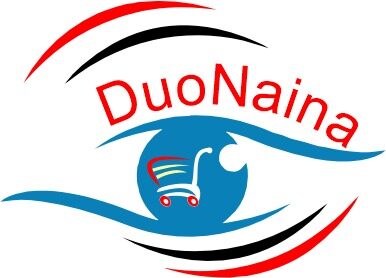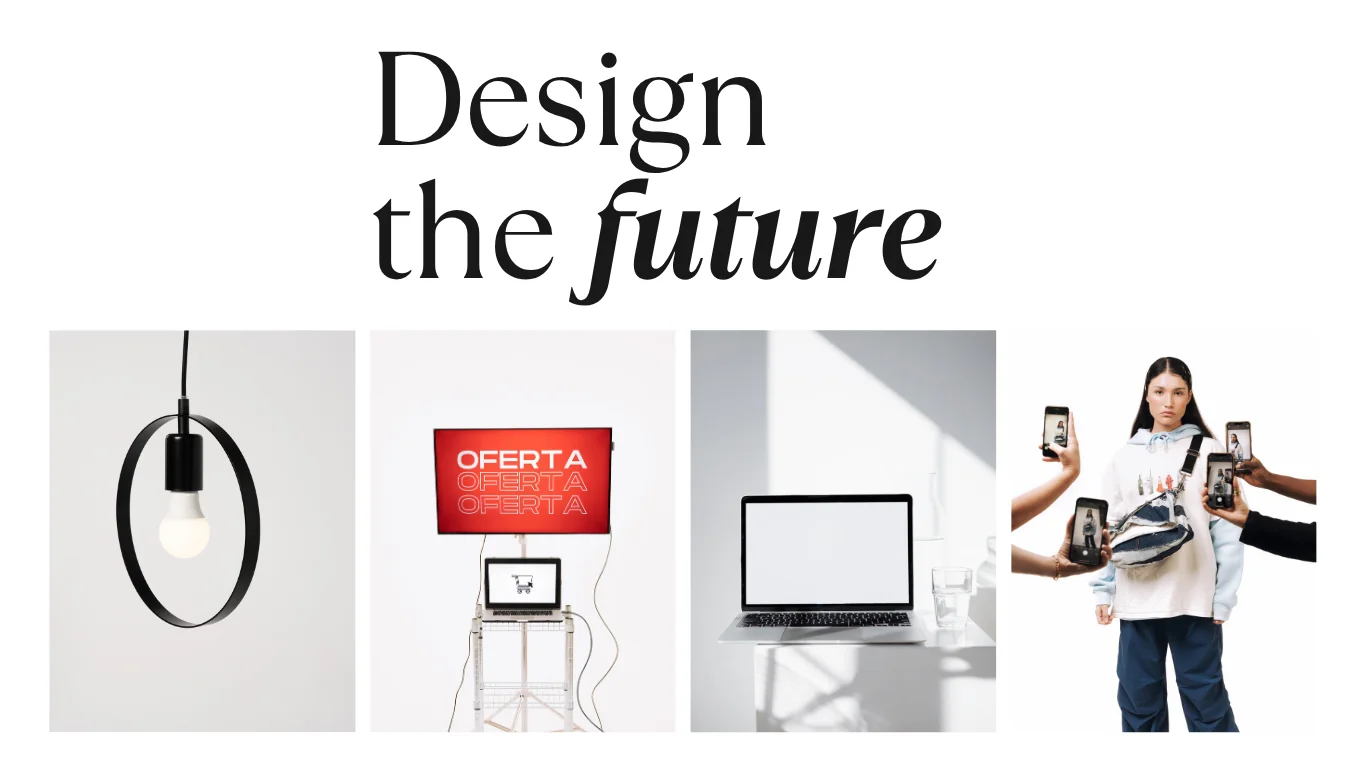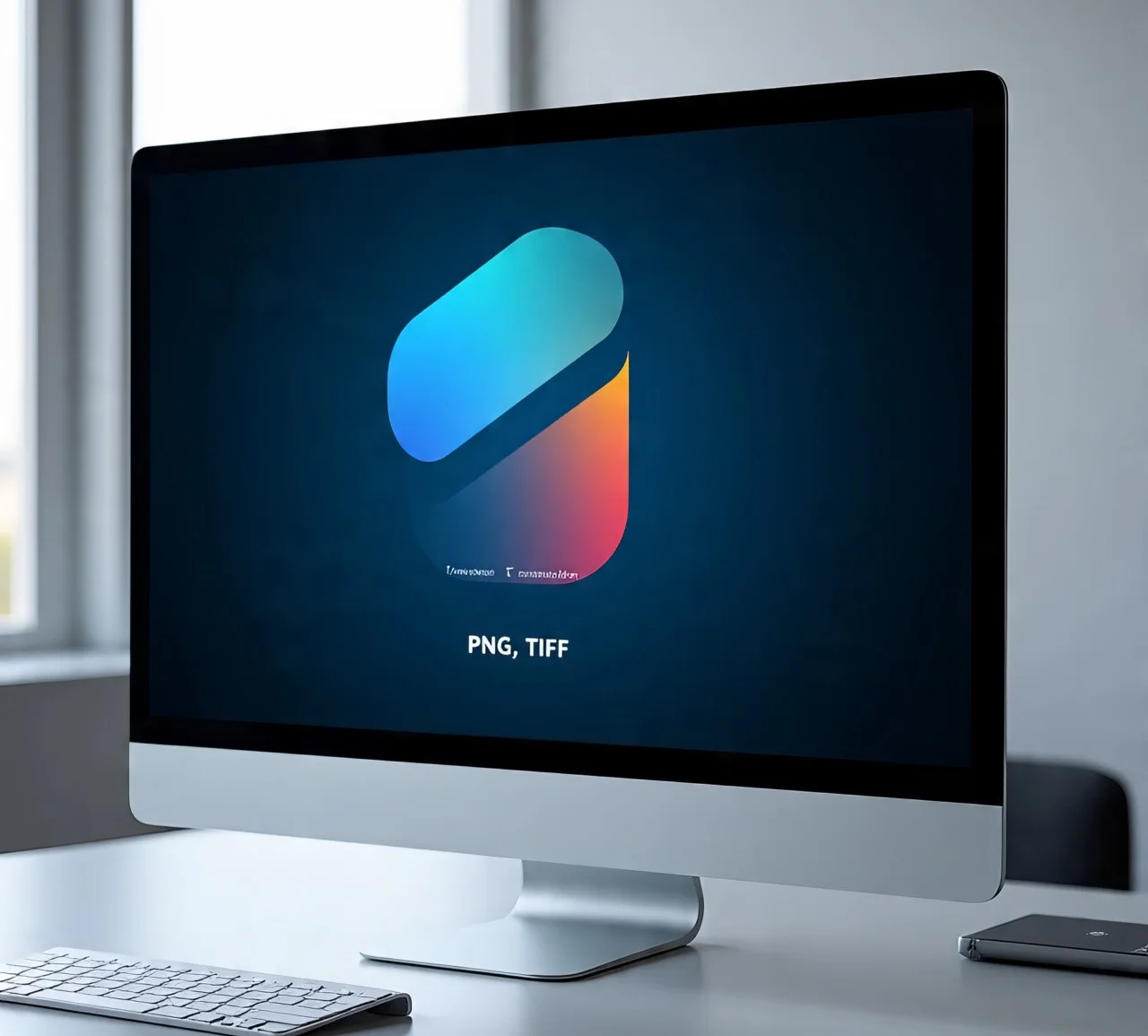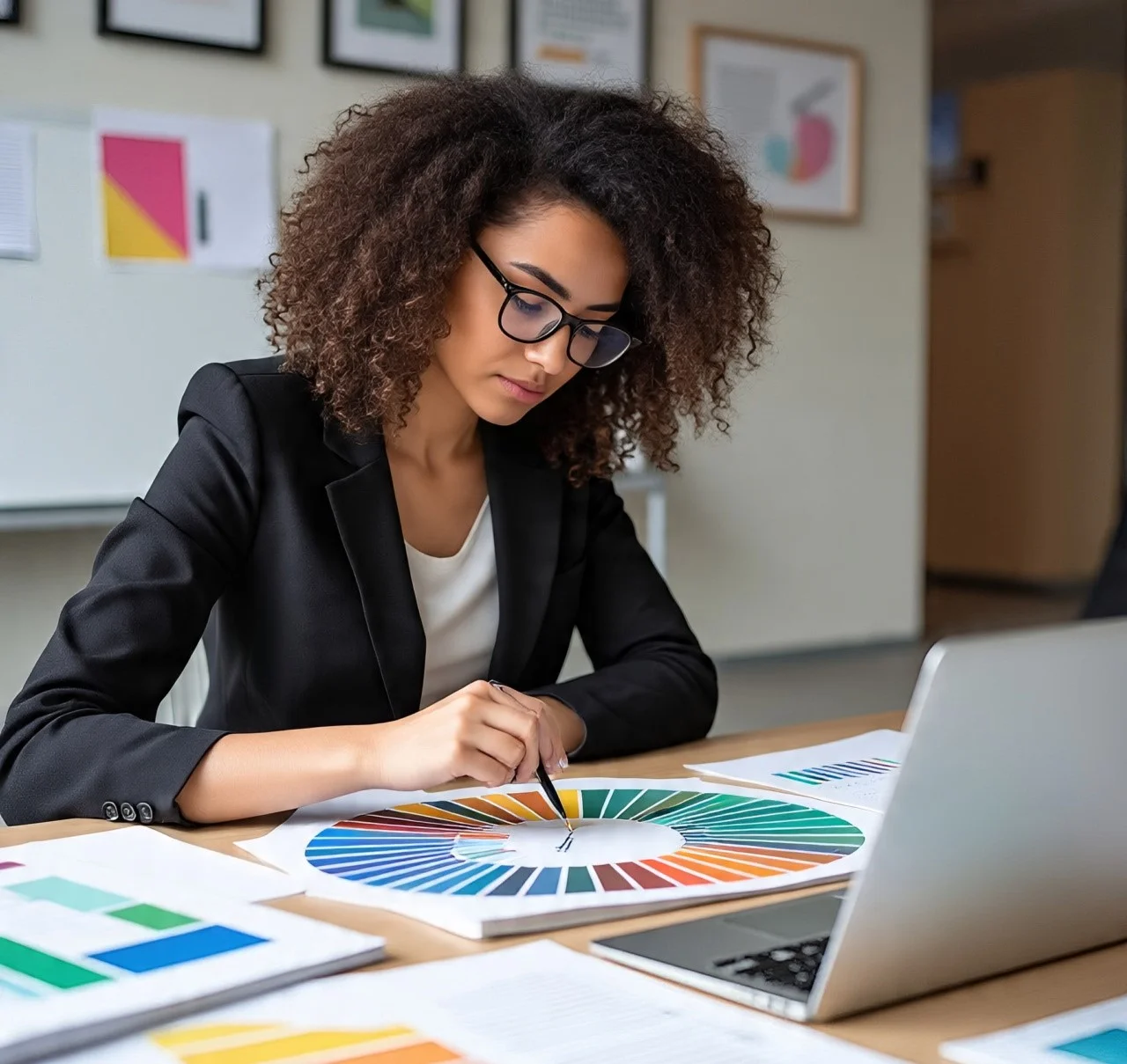
Learn Graphic Design: 7 Easy Way to Start Today
How to Learn Graphic Design in 7 Easy Steps – The Easy Way to Start Today
Graphic Design is a skill that can open doors to creative careers, freelance work, and personal projects.
Table of Contents
- What is Graphic Design?
- Why Graphic Design Matters
- Core Principles of Graphic Design
- Types of Graphic Design
- The Graphic Design Process
- Essential Tools for Designers
- Career Opportunities in Graphic Design
- How to Start Learning Graphic Design
- Future Trends in Graphic Design
- Conclusion
Why You Should Learn Graphic Design Today
If you want to build a creative career or simply improve your digital skills, one of the best choices you can make is to learn graphic design. The demand for skilled designers is higher than ever, as businesses, startups, and entrepreneurs all need visuals that stand out. When you learn graphic design, you gain the ability to communicate ideas visually, create professional branding, and design engaging content for social media and websites.
Many people think it’s difficult to learn graphic design, but in reality, you can start with free tools and tutorials available online. From mastering the basics of color, typography, and layout to using professional software like Adobe Photoshop, Illustrator, or Figma, there are countless resources to guide your journey.
The biggest advantage when you learn graphic design is flexibility. You can choose to work as a freelancer, join a design agency, or even use your skills for your own business. Every skill you acquire—whether in logo design, web design, or digital illustration—adds more value to your portfolio and career.
So if you’ve been waiting for the perfect time to start, the truth is: now is the best moment to learn graphic design. With consistent practice and the right guidance, you’ll see yourself grow from a beginner into a confident, professional designer.
What Is Graphic Design?
Graphic design is the professional practice of creating visual communication that combines text, imagery, color, and layout to deliver messages with clarity and impact.
The field has evolved from ancient symbols and early printmaking to the digital first, interactive experiences of today. A designer’s job is part artist, part problem solver: they don’t just make things look good they make them work.
Whether it’s a billboard on a highway or a mobile app icon, graphic design connects ideas to audiences in ways words alone can’t.
Why Graphic Design Matters
Learning Graphic design is not just decoration it’s a strategic business tool. Done right, it:
- Builds brand recognition Think Coca-Cola’s red script or Apple’s minimal white aesthetic.
- Boosts credibility Professional, consistent visuals signal trustworthiness.
- Guides decisions Strategic layouts and call to action design influence what users do next.
- Simplifies complexity Infographics turn hard data into clear, shareable visuals.
- Creates emotional connection Color, typography, and imagery tap into feelings and memory.

Core Principles of Graphic Design
Every great design rests on foundational rules:
- Contrast Using differences in color, size, or type to draw attention.
- Balance Distributing visual weight for harmony (symmetrical or asymmetrical).
- Hierarchy Showing importance through size, color, or placement.
- Alignment Keeping elements visually connected and organized.
- Proximity Grouping related items for clarity.
- Repetition Reinforcing a brand through repeated styles, colors, or patterns.
These principles are like grammar for visual language master them, and your designs will “speak” clearly.
Main Types of Graphic Design
Graphic design spans multiple disciplines. Here are the most in-demand:
- Branding & Identity Design Logos, color palettes, brand style guides. Example: Nike’s swoosh, instantly recognizable worldwide.
- Marketing & Advertising Graphics Social media ads, posters, banners. Example: Eye-catching Instagram campaigns.
- Web & Digital Design Website layouts, landing pages, digital banners. Example: Responsive eCommerce stores that work on any device.
- User Interface (UI) Design Buttons, navigation menus, icons for apps and sites. Example: Simple, intuitive app designs like Spotify’s.
- Editorial & Print Design Magazines, books, catalogs, and flyers. Example: Vogue’s sleek magazine layouts.
- Packaging Design Product boxes, labels, and wraps. Example: Minimal Apple packaging that signals premium quality.
- Infographics & Data Visualization Visual charts, maps, and graphs. Example: Election result graphics in news reports.
- Illustration & Vector Art Custom icons, characters, and graphics.
- Motion Graphics Animated intros, logo animations, explainer videos.
The Graphic Design Process
Professionals follow a structured workflow:
- Brief & Discovery Understand goals, audience, and brand voice.
- Research & Inspiration Explore competitors, gather references.
- Concept Development Sketch and outline initial ideas.
- Design & Execution Create high-quality digital versions.
- Feedback & Revisions Make strategic adjustments based on critique.
- Final Delivery Export in correct formats and resolutions (.JPG, .PNG, .PDF, .SVG).
Essential Tools for Graphic Designers
- Adobe Creative Cloud – Photoshop, Illustrator, InDesign.
- Figma / Sketch Collaborative UI/UX design tools.
- Affinity Designer Budget friendly alternative to Adobe.
- Canva Quick, template based design tool for non complex projects.
- Stock Resources Shutterstock, Unsplash, and Envato Elements.
- Motion Tools After Effects, Blender for animation and 3D.
Career Opportunities in Graphic Design
Graphic design offers diverse career paths:
- Freelancer Flexible clients and schedule.
- In-House Designer Working directly for one brand.
- Agency Designer Fast-paced, multi-client environment.
- Specialists UI/UX, motion graphics, packaging design, or brand strategy.
With experience, designers can also move into art direction or creative leadership roles.
Skills Every Designer Needs
- Creativity & Conceptual Thinking Turning ideas into visual solutions.
- Technical Expertise Mastery of design software and formats.
- Communication Skills Explaining design choices effectively.
- Adaptability Staying ahead of trends and tools.
- Time Management Balancing multiple projects and deadlines.
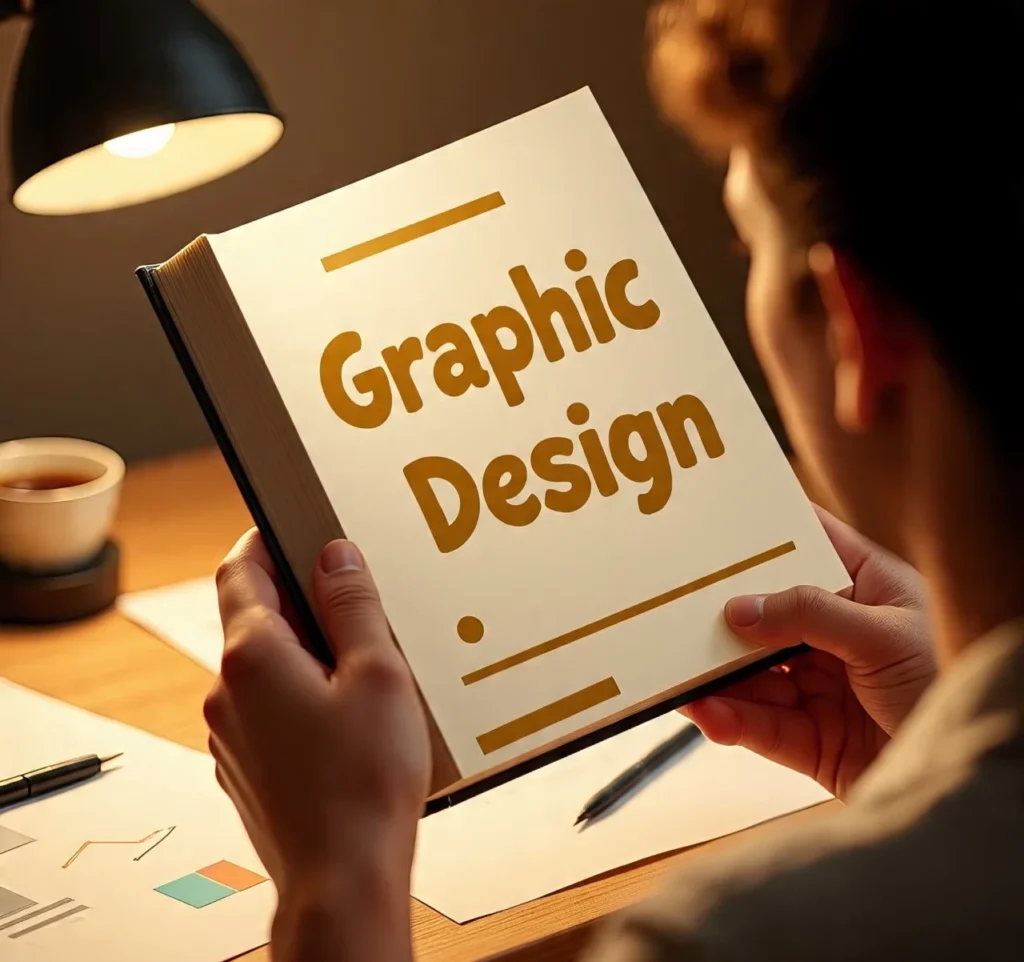
How to Start learn Graphic Design
- Learn Fundamentals Through courses or self-study.
- Practice Regularly Recreate designs you admire.
- Build a Portfolio Showcase 3–5 strong projects.
- Find Feedback Join online communities like Behance or Dribbble.
- Apply & Network Approach clients or internships.
Top 8 Free Graphic Design Tools
The Future of Graphic Design
Trends shaping the industry:
- AI-Assisted Design Tools like Midjourney speed up idea generation.
- Inclusive Design Accessibility-first approaches for diverse audiences.
- Sustainable Design Eco-friendly print and optimized digital files.
- Immersive Experiences AR/VR applications in marketing and branding.
Designers who combine creativity, strategy, and adaptability will remain in high demand.
FAQ (For SEO & Voice Search)
Q: What is graphic design in simple words?
A: It’s creating visual content to communicate ideas using text, images, and layout.
Q: Is graphic design a good career?
A: Yes, demand is high, and it offers creative, flexible, and well-paying opportunities.
Q: What skills do I need to be a graphic designer?
A: Creativity, software proficiency, communication, adaptability, and time management.
Q: Which tools do professional designers use?
A: Adobe Photoshop, Illustrator, InDesign, Figma, and more.
Conclusion
Graphic design blends art, technology, and strategy to communicate powerfully. It builds trust, influences behavior, and shapes brand identity. Whether you’re aiming to start a graphic design career or refine your design skills, understanding its principles, processes, and applications will give you a competitive edge.
In our next article in this series Graphic Design Process Explained: From Idea to Final Delivery we’ll break down each stage of the creative process so you can design like a professional from day one.
